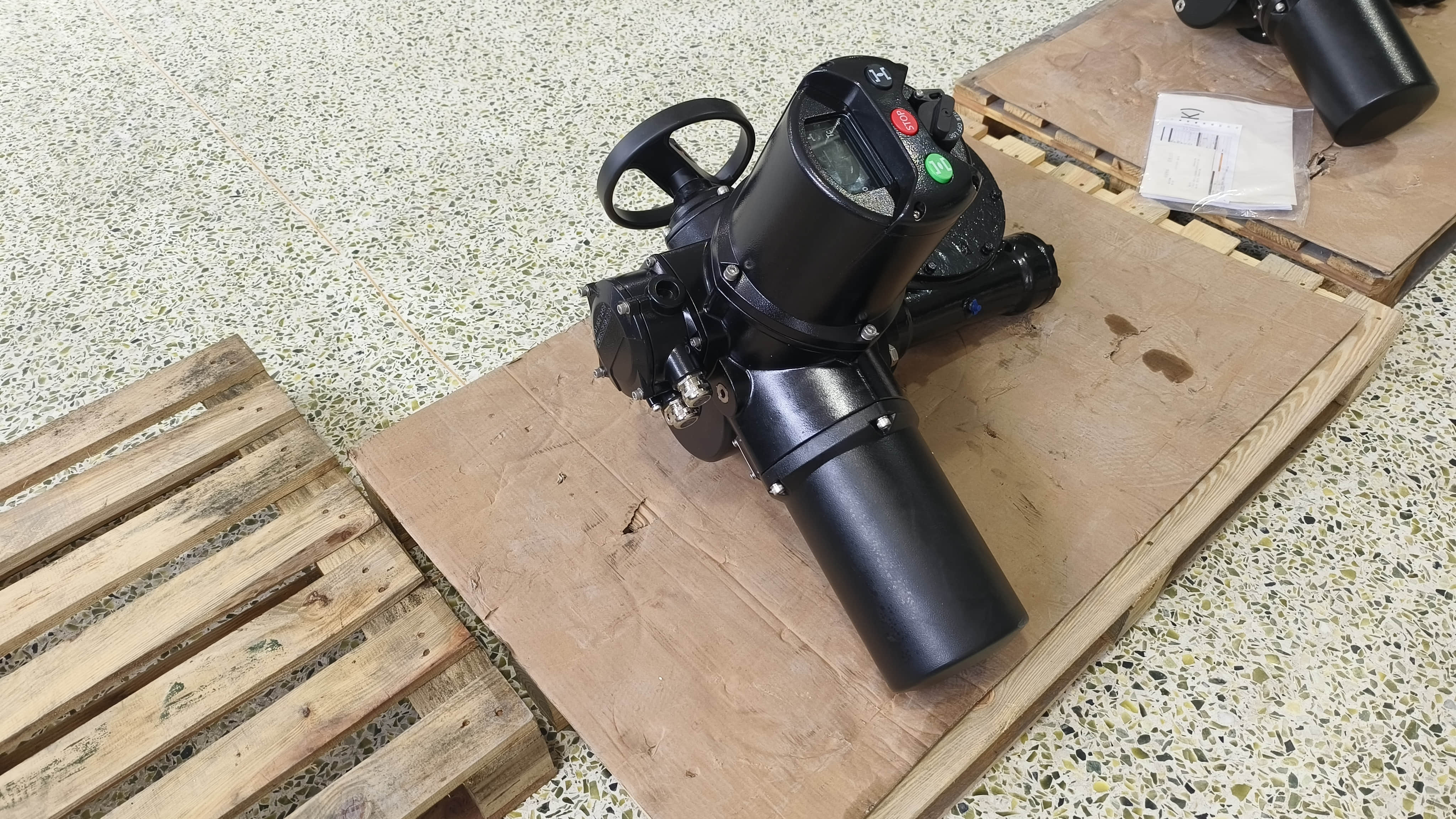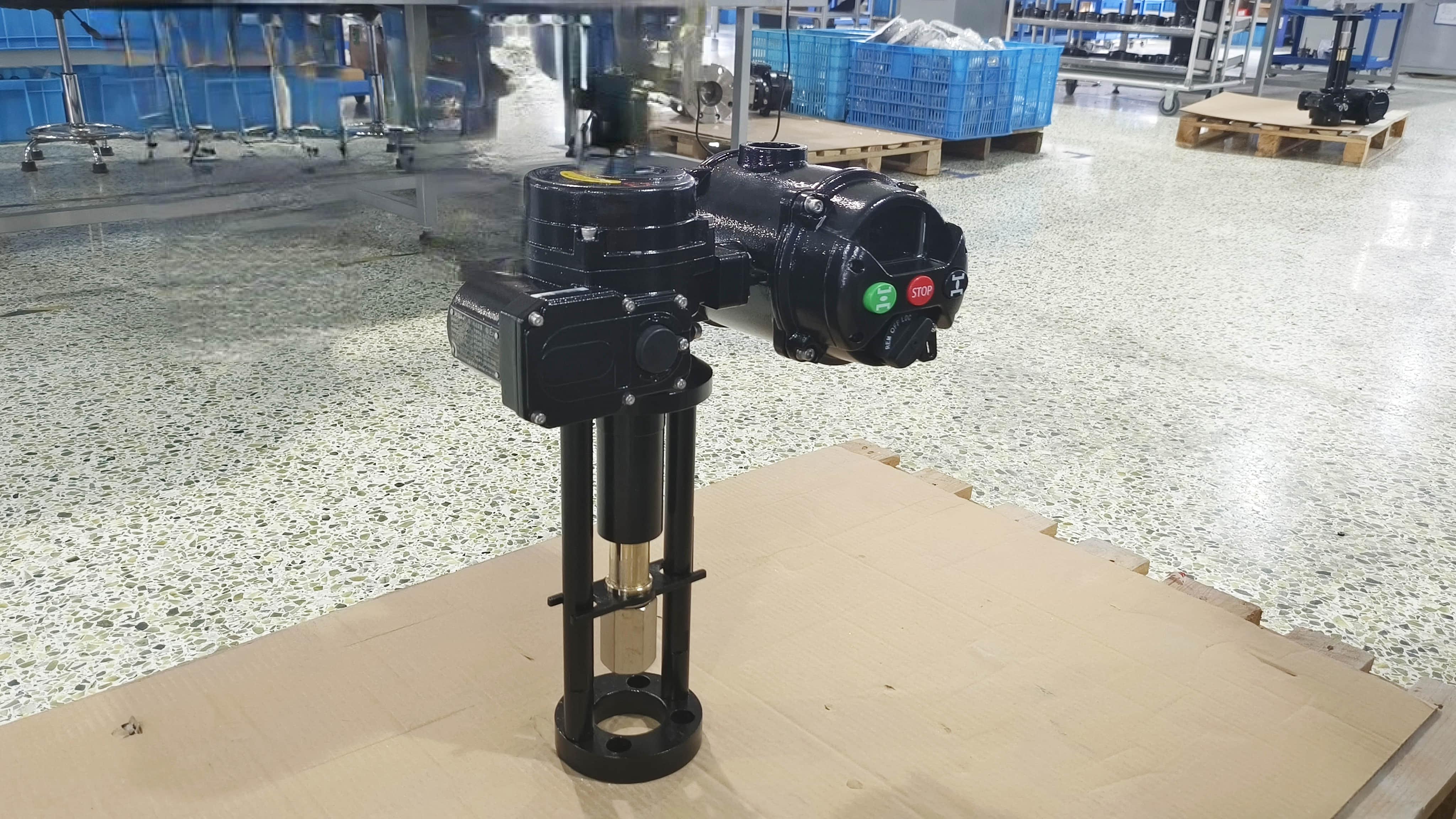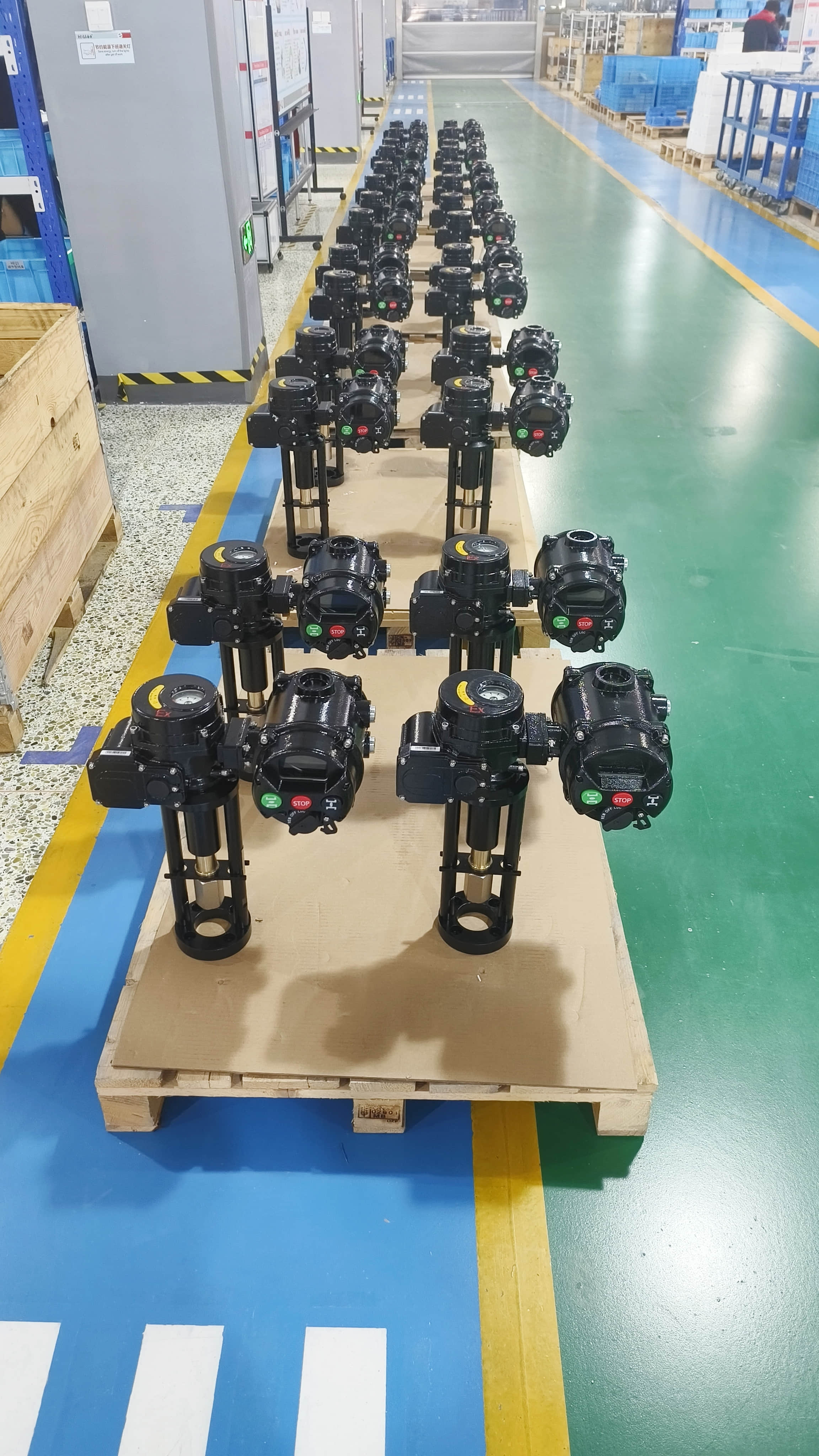
The rise of automation and robotics in various industries has spurred the development of advanced technologies that enhance efficiency and precision. Among these innovations, the Intelligent Integrated Actuator (IIA) stands out as a game-changer, combining the functionalities of traditional actuators with intelligent control mechanisms. This article delves into the key features, advantages, and applications of IIAs, highlighting their potential to revolutionize the field of robotics.

An Intelligent Integrated Actuator is essentially a device that not only converts energy into motion but also incorporates sensors and control algorithms to optimize performance. Traditional actuators are primarily mechanical devices that rely on external controllers for operation. In contrast, IIAs integrate sensing, processing, and actuation into a single unit. This integration allows for real-time monitoring and adaptive control, making IIAs more versatile and efficient in dynamic environments.

